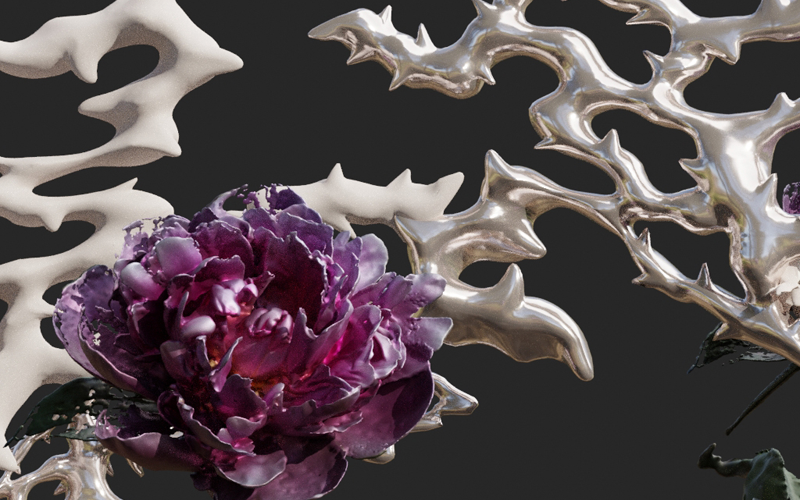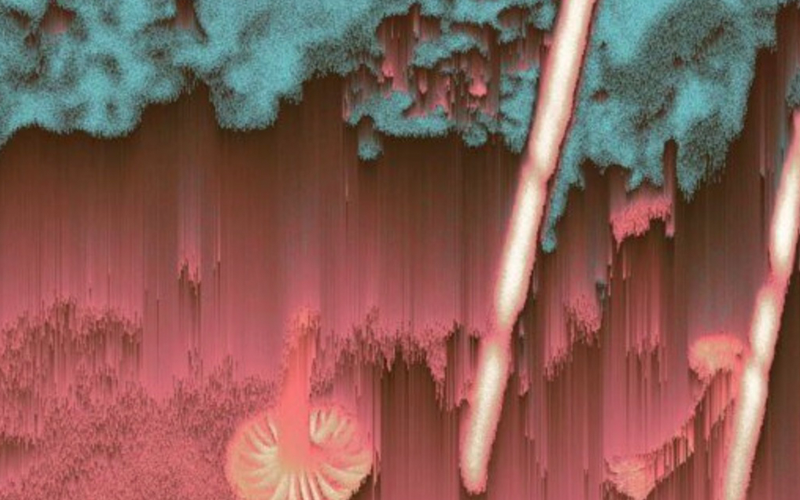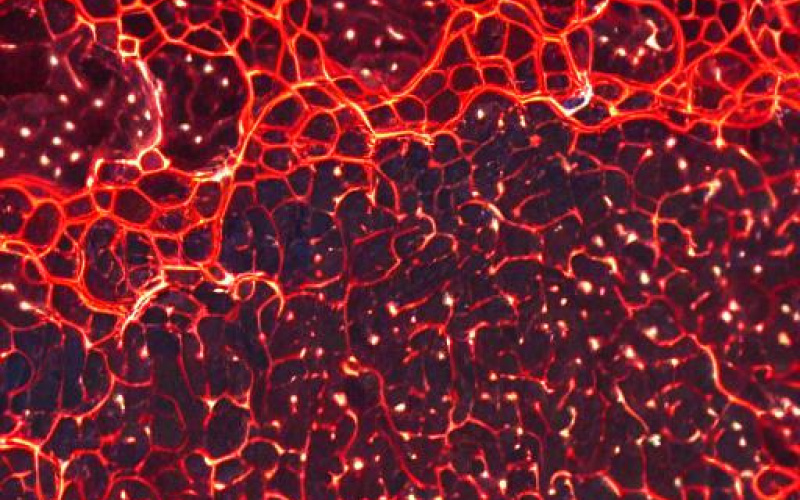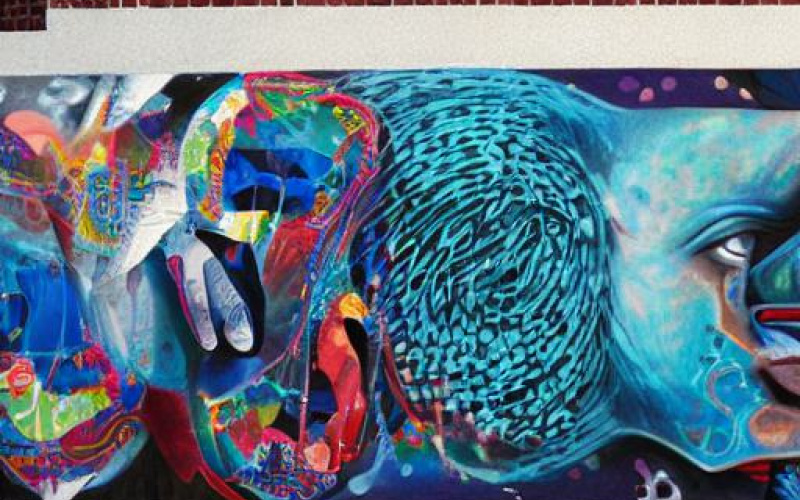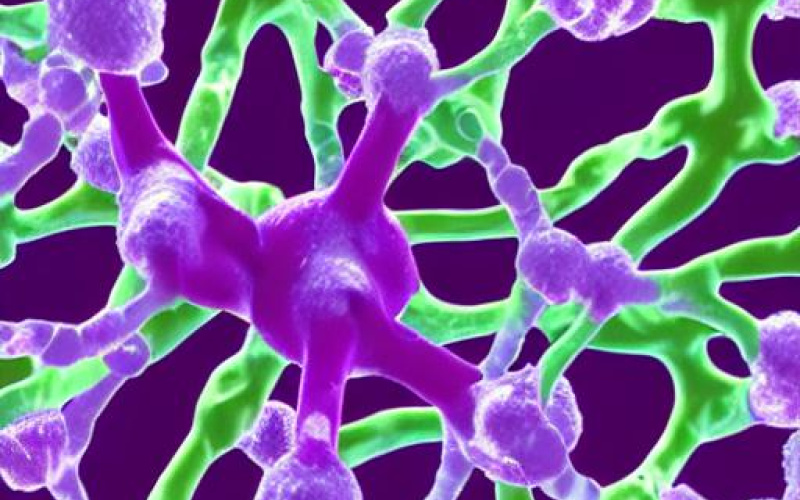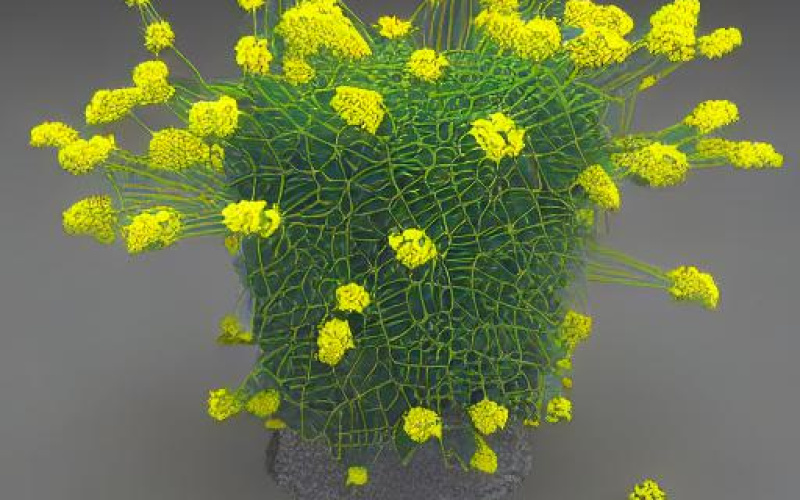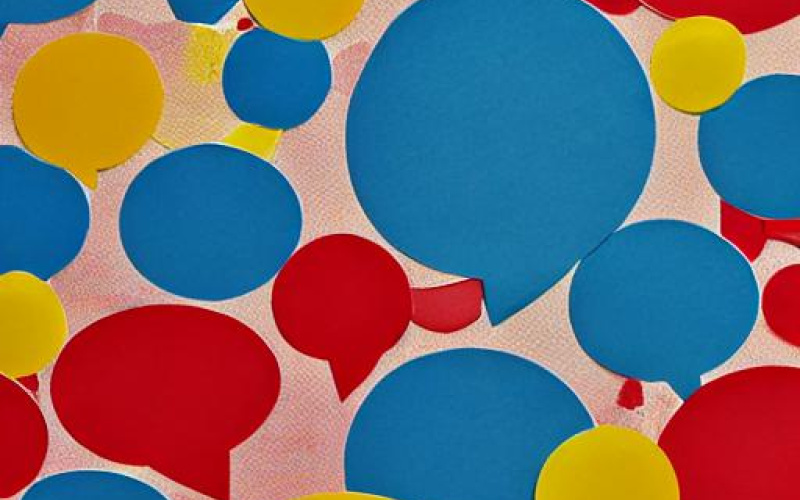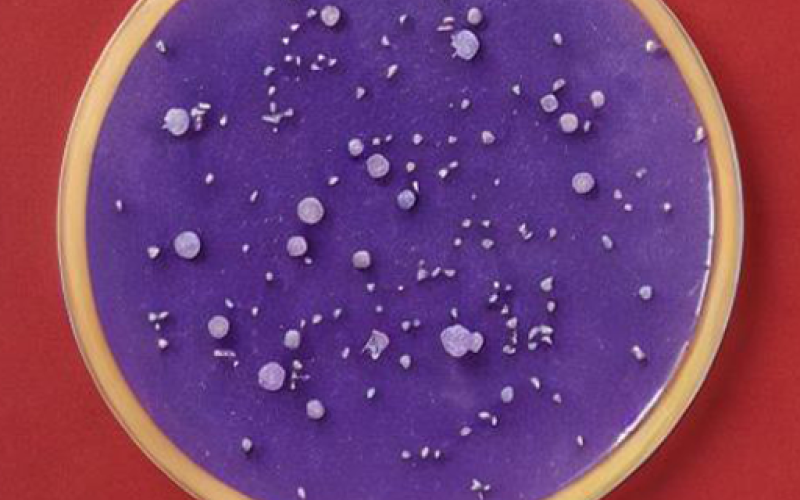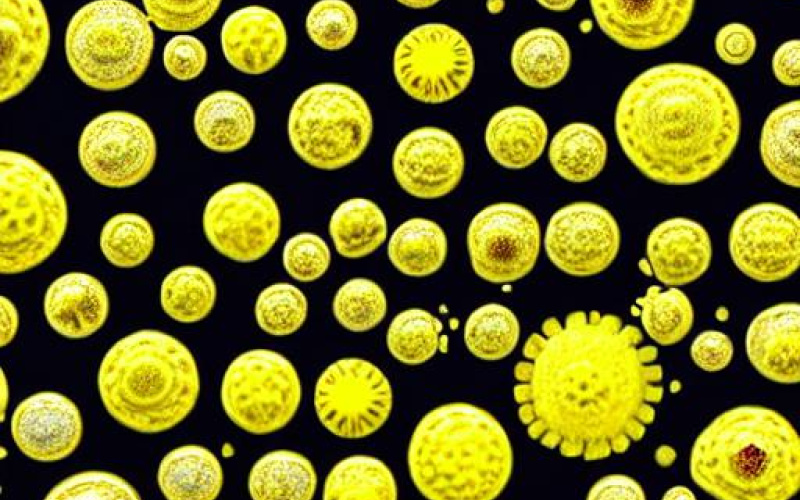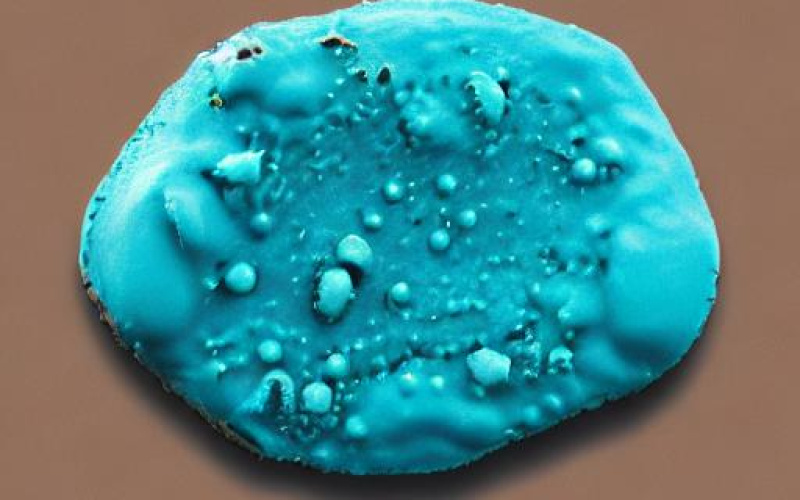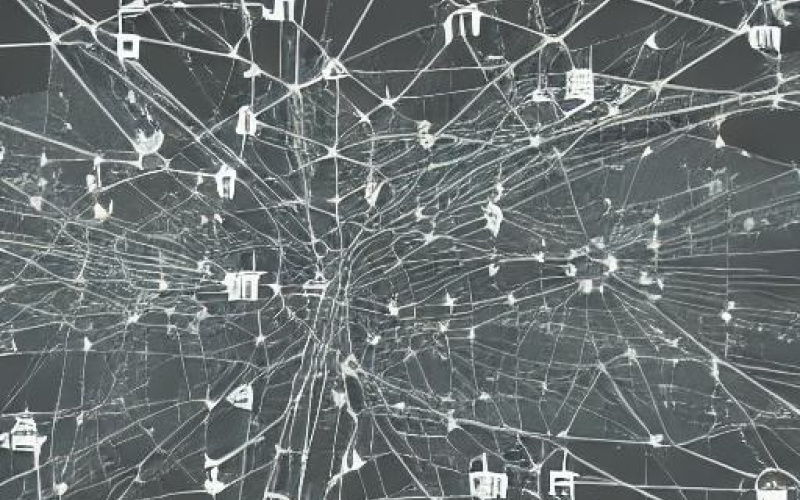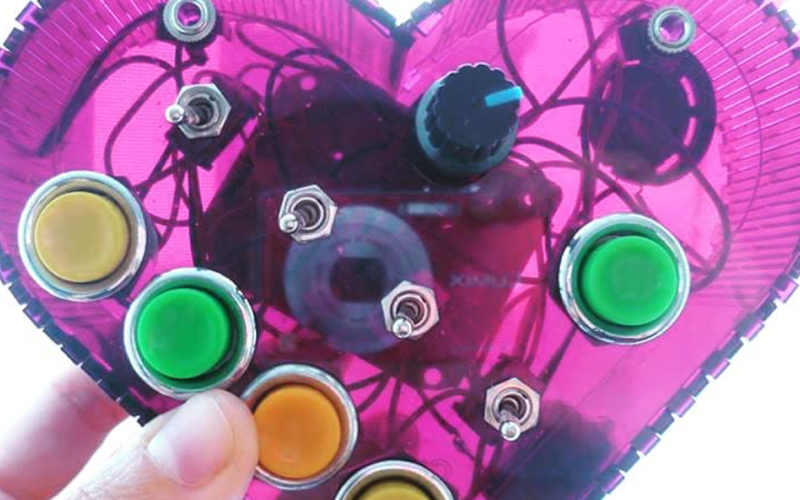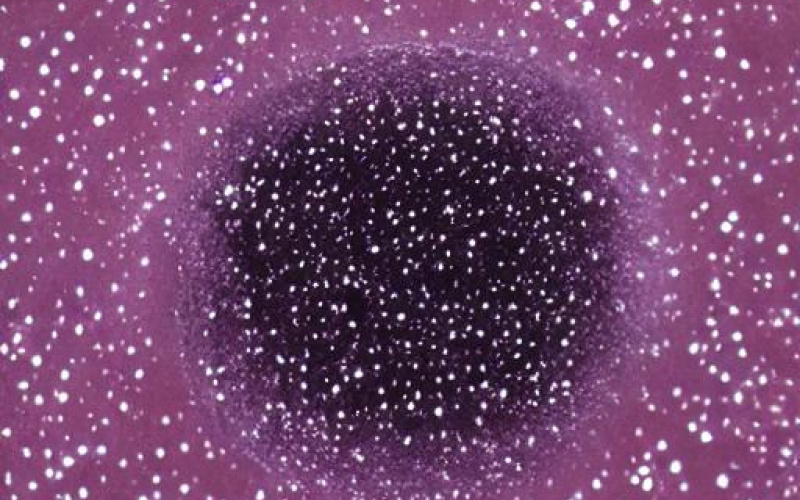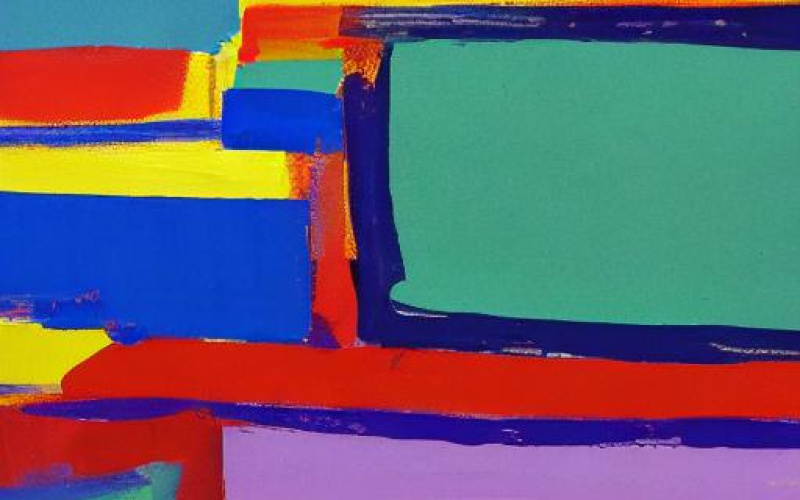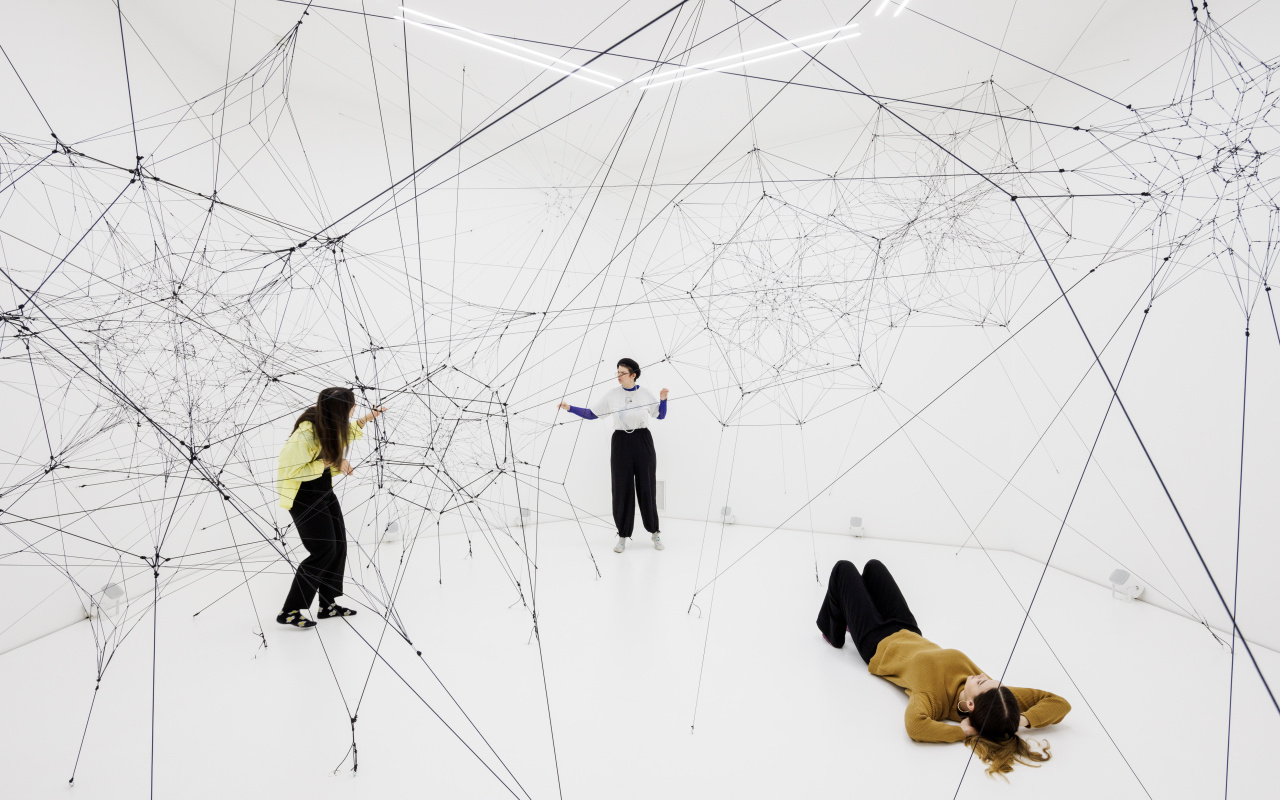Voices @ ZKM
In our »Polyphony!« campaign we will let many different voices have their say, which already make the ZKM an open and polyphonic place. We invite you to meet international artists, ZKM staff and visitors in and from Karlsruhe over the coming months – and to leave your own traces!
Most of the visuals were created by our ZKM AI based on the statements of our guests.
Rethinking the World Together
Evolution instead of reinvention. After more than 24 years, the scientific-artistic direction of the ZKM changes.
Project team
Project Management: Helga Huskamp
Concept & Design: Nicolas Flessa, Elsa WestreicherProject coordination: Anne Thomé
Website: Sabine Jäger, Anne Thomé
Video & Audio: Max Clausen, Andy Koch, Lisa Michel, Peter Müller
Technical realization: Simon Berger
